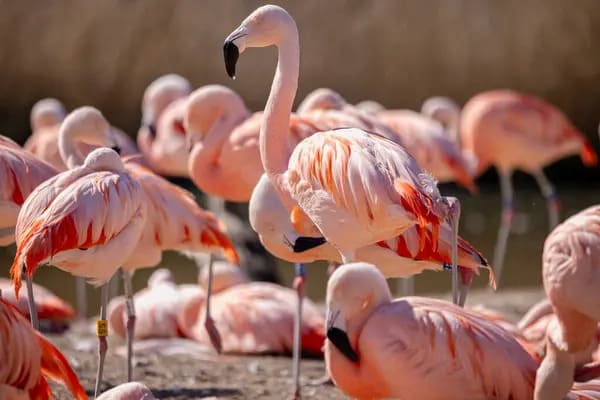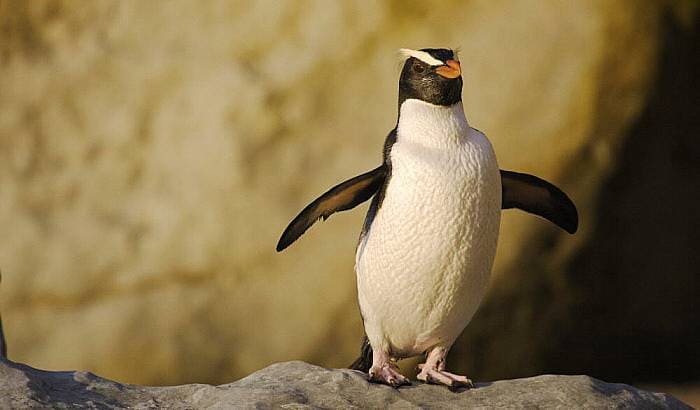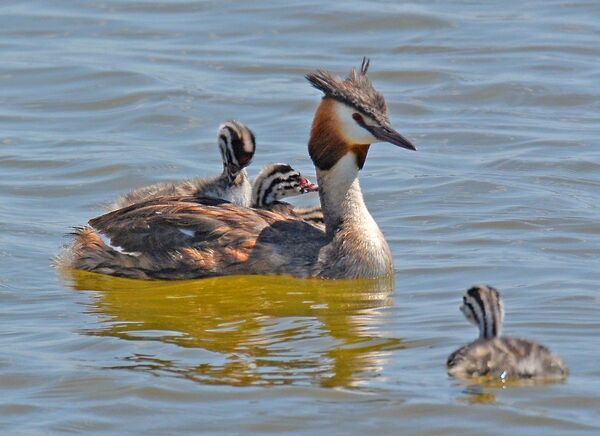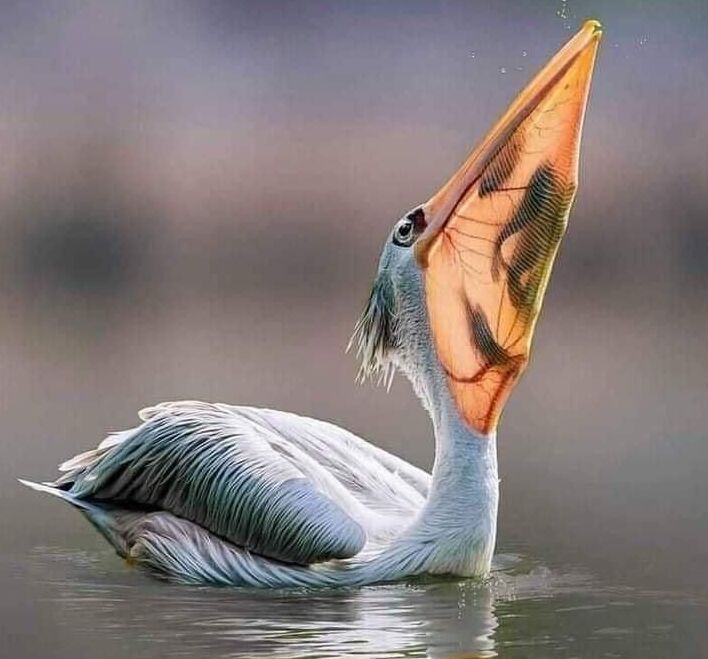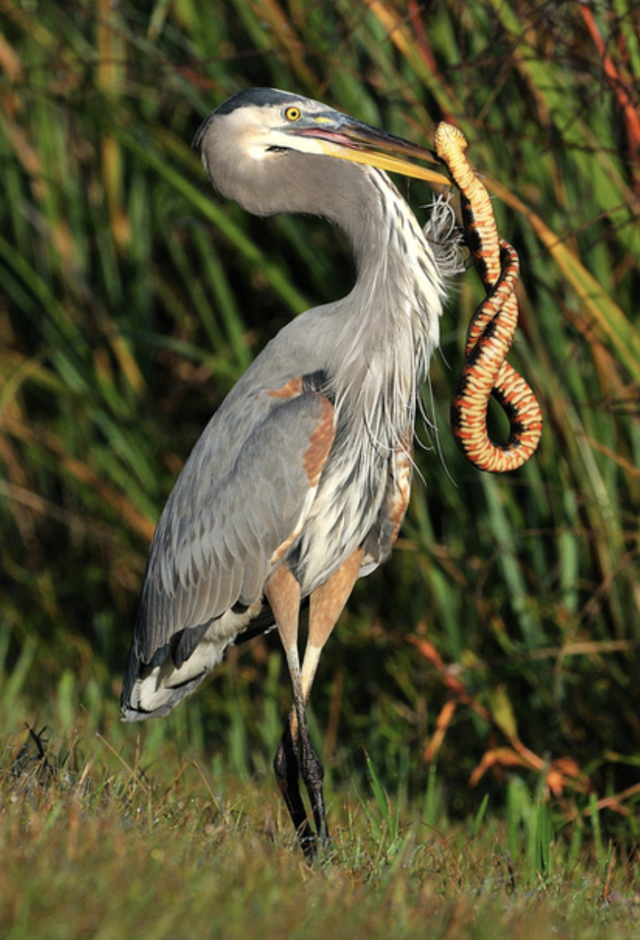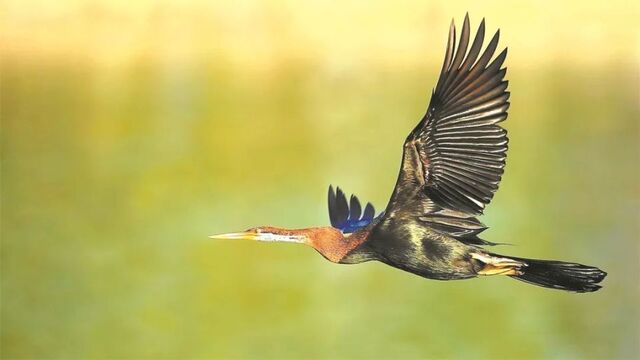Phalacrocorax capillatus
IUCN
LCBasic Information
Scientific classification
- name:Phalacrocorax capillatus
- Scientific Name:Phalacrocorax capillatus,Temminck et Schlegal,Japanese Cormorant
- Outline:Wading birds
- Family:P.capillatus Phalacrocorax Phalacrocoracidae Suliformes
Vital signs
- length:80-84cm
- Weight:2500kg
- lifetime:25years
Feature
Very similar to the common cormorant, the back, shoulders and wing coverts of this species are greenish with a metallic sheen, while the feathers of the common cormorant are copper-brown. The white bare skin on the face and throat pouch is larger. The iris is blue, the bill is yellow, and the feet are black.
Distribution and Habitat
It lives on cliffs and trees along the coast of the temperate oceans of the eastern Pacific Ocean and adjacent islands. It is also found in estuaries and adjacent inland lakes during winter and migration. Its habits are similar to those of the common cormorant.
Appearance
The body feathers are dark green with blue-green metallic reflections. The inside of the base of the bill is yellow, the skin is white, and there are white feathers behind the cheeks and the back of the head. The back is dark green, the feather edges are black, and there are thick white spots on the flanks. The bill is long, straight and pointed, relatively strong, conical, and the tip is curved into a hook shape. The beak and the area around the eyes are bare and featherless. The tail is long and round, with 14 tail feathers. The wings are relatively wide and long, the back, shoulders and upper wing coverts are dark green, the back of the cheeks, the back of the head and the back of the neck are mixed with white filamentous feathers, and there is a large white spot on each side.
The iris is green, the dark corners of the bill are brown, the base of the lower bill, the exposed skin in the eye area and the throat are orange-yellow, and the cheeks behind the eyes are white. The feet a
Details

The dark green-backed cormorant (Phalacrocorax capillatus, Temminck et Schlegal) is also known as the Teminck's cormorant, the spotted-headed cormorant, the green-backed cormorant, the Dan's cormorant, the green cormorant, and the green-backed cormorant. It is a large water bird. It is 80-84 cm long and weighs 2,500 grams.
The dark green-backed cormorant is a migratory bird, similar to the common cormorant but slightly smaller. It lives on the coasts of temperate oceans and nearby islands and sea surfaces. It is also seen in estuaries and nearby inland lakes during migration and wintering. It likes to gather on coastal islands or coastal cliffs. It mainly feeds on fish. It likes to live in groups.
The dark green-backed cormorant is a large water bird. Its body feathers are black-green with blue-green metallic reflections. The inside of the base of the bill is yellow, the skin is white, and there are white feathers behind the cheeks and the back of the head. The back is dark green, the feather edges are black, and there are thick white spots on the flanks. The bill is long, straight and pointed, relatively strong, conical, and the tip is curved into a hook shape. The bill and the area around the eyes are bare and featherless. The tail is long and round, with 14 tail feathers. The wings are relatively wide and long, the back, shoulders and upper wing coverts are dark green, the back of the cheeks, the back of the head and the back of the neck are mixed with white filamentous feathers, and there is a large white spot on each side.
The iris is green, the corners of the bill are brown, the base of the lower bill, the exposed skin in the eye area and the throat are orange-yellow, and the cheeks behind the eyes are white. The feet are short and strong, black, and the inside is decorated with yellow. The four toes are forward, relatively flat, and there are full webs between the toes. The winter plumage is similar to the summer plumage, but there are no white filamentous fine feathers behind the cheeks, the back of the head and the back of the neck, and there are no white spots on the flanks.
The young birds are similar to adults, and are generally dark brown. But the wing coverts and tertiary flight feathers are slightly gray with dark brown feather edges. Back dark brown. Chin, throat and sides of face are dark white, lower neck is black, and feather base is white. Upper chest is white. Decorated with black spots, middle of lower body is white, flanks and undertail coverts are dark brown, bare skin on face and throat pouch is yellow. Beak is gray, bill peak is black, feet and toes are also black.
The exposed part of the throat of this species of cormorant only reaches the corner of the mouth and no longer extends backward; as for the common cormorant, the exposed part of the throat is larger and extends to a farther distance behind the corner of the mouth.
But there are some exceptions. Similar to the common cormorant. The upper body is mostly bronze, the feathers are dark green with metallic luster; there is a white spot on the lower flank; the lower body is dark green. The green color of the whole body is significantly different from that of the common cormorant. In addition to the different body feather colors, these two cormorants have another different feature that is often overlooked. The exposed part of the throat of this species of cormorant only reaches the corner of the mouth and no longer extends backward; as for the common cormorant, the exposed part of the throat is larger and extends farther behind the corner of the mouth.
Size measurement: weight 2500 grams, body length 800-840 mm, bill peak 60-71 mm, wings 300-380 mm, tail 127-195 mm, tarsus 58-65 mm.
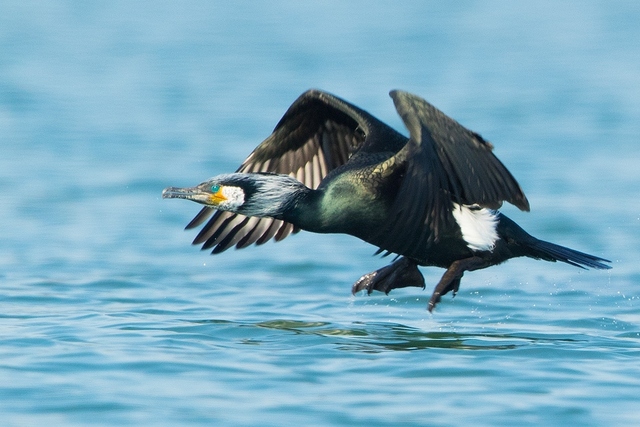
Habitat
Inhabits the coasts of the temperate oceans of the eastern Pacific Ocean and adjacent islands and coasts. It is also found in estuaries and adjacent inland lakes during winter and migration.
Living habits
Similar to the common cormorant, but only found in the sea during the breeding season, nesting in groups among the rocks on the cliffs by the sea. Most of them are resident birds, and a few are migratory. The populations that breed in the northernmost part also overwinter in the non-freezing sea near the breeding grounds in winter. A few also migrate or wander to the seas further south. They like to gather in groups. They often live in groups. They have been observed to dive to considerable depths to find food.
Distribution range
Distributed on the east coast and islands of the Pacific Ocean. North to the southern coast of the Russian Primorsky Krai and neighboring islands, Sakhalin Island, and the Kuril Islands, south to North Korea, Japan, Hokkaido, and the eastern coast of China and its neighboring islands. In winter, they can go further south to Japan's Kyushu, Izu Islands, Ryukyu Islands, Ogasawara Islands, Ryukyu Islands, and the southern coast of China and Taiwan.
In summer, they are distributed along the eastern coast of Siberia, Sakhalin Island, South Korea, northern Japan, and Northeast China, Hebei, and Shandong in mainland China. In winter, they migrate south along the Chinese coast to southern China. They are mostly seen in Fujian and rarely in Taiwan. They generally live in wide waters such as ponds, lakes, etc. and nest between rocks on cliffs by the sea. The type origin of this species is in Japan.
It breeds in the northern part of the east coast of the Pacific Ocean and adjacent islands, including Lushun, Hebei, Yantai, Weihai, Qingdao in northeastern China, and is a migratory bird or summer migratory bird. In winter, it migrates south to Zhejiang, Fujian, Taiwan, Yunnan and other places.
Breeding method
The breeding period is from April to June. Usually several pairs breed together in small groups, and there are also single pairs that breed alone. It nests on the coast and the shores of islands, usually on cliffs that are difficult for humans to approach or on cliffs protruding into the sea, and on trees near the coast. Its habits are similar to those of ordinary cormorants. There are also nests on coniferous trees 2-3 kilometers away from the coast. It usually starts nesting from mid-April to the end of April. The nest is made of dead grass and seaweed. Each nest lays 4-5 eggs. The size of the eggs is 60-64×38-43 mm, with an average of 63×40 mm. The color of the eggs is white.
The dark green-backed cormorant is one of the cormorants domesticated by fishermen in Japan, in a tradition called ukai (literally "raising cormorants"). In Japanese, it is called umiu (ウミウ sea cormorant). The famous Nagara River Ukai in Nagara River cooperates with this specific cormorant to catch sweetfish.
Conservation Status
Listed in the 2013 IUCN Red List of Threatened Species ver 3.1 - Least Concern (LC).
It has been included in the List of Terrestrial Wildlife with Important Ecological, Scientific and Social Values.
Population Status
The species has a wide distribution range and is not close to the critical value of vulnerable endangered species survival (distribution area or fluctuation range less than 20,000 square kilometers, habitat quality, population size, distribution area fragmentation), and the population trend is stable, so it is evaluated as a species with no survival crisis.

